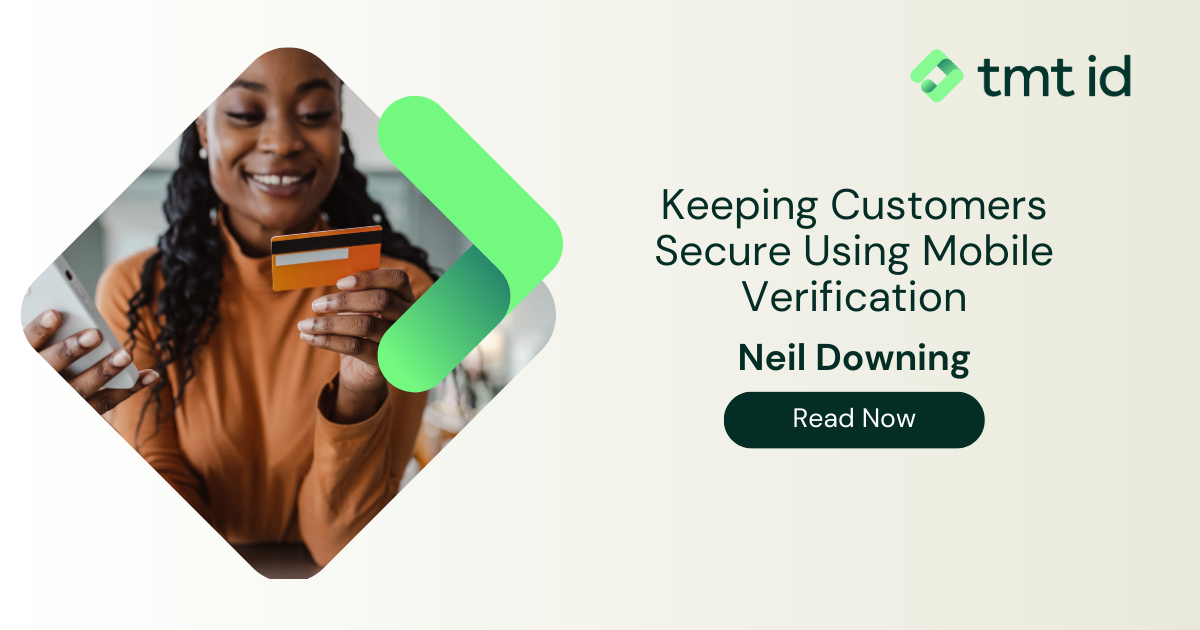
The Covid-19 Pandemic has seen many winners and losers. When brick-and-mortar retailers struggled with a rush on toilet paper, hand sanitiser and face masks, many e-commerce businesses had them in stock and rapidly developed them to meet demand. More traditional retailers with only physical premises were thrown well and truly into the deep end. Everything contactless became flavour of the month. Well, year to be more exact. Whether payments or deliveries, contactless landed in 2020 with a huge thud and businesses had to ensure they kept their customers secure online. It has asserted itself as the method of choice for so many and is here to stay.
The catalyst that COVID-19 provided for the growth of e-commerce was enormous and meeting all the challenges and roadblocks thrown up along the way was nothing short of an epic challenge. So many organisations had to pivot online in the blink of an eye, most never having faced an existential crisis like it. E-commerce sales globally in 2020, already on the rise, were kicked these into overdrive, with an increase in sales of around 15% over 2019. That equates to one serious chunk of change, $4.1 trillion.
It’s easy to think that the already well-established global e-commerce giants took the lion’s share, having it all their way, but at the beginning of the crisis in particular, even many of them struggled to fulfil orders on time.
Many third-party companies who relied exclusively on the hardcore of e-commerce players to process and deliver for them suddenly found their goods deemed non-essential by the powers that be. Many lost much or all of their revenue overnight as a result. Consumers that would normally frequent the large players had to look elsewhere for their buying needs. And smaller organisations rushed to create their own websites and delivery channels to compensate.
The result has been that 75% of consumers have been experimenting with their typical shopping behaviour including buying from new brands (source: McKinsey). And this new found behaviour is set to continue. The consumer is already empowered but with so many new to the e-commerce fold, a new spirit of adventure is working its way in there as well. But it isn’t just consumers experiencing a new spirit of adventure.
Burgeoning e-commerce sales and a swathe of new online consumers, inexperienced with some of the more nefarious practices found in the digital world, have proven to be a real boon for the bad actors. Fraud is on the up and the simple fact is that now more than ever before, it is critical for enterprises to really know who their customers are – KYC.
Mobile phones are a hotbed for account takeover. Fraudsters are known to source customer information through social media, or even buying the data from areas such as the dark web. All it takes is a swapped out mobile SIM card or call forwarding to be enabled without the real customer’s knowledge, and you could be exposing your company and your customers to fraud.
So how do you offer a seamless, frictionless customer experience whilst also offering top-notch protection? TMT Analysis have the answer – Verify.
Using our unparalleled global numbering intelligence experience, Verify from TMT Analysis provides a range of Account Takeover services which expertly traverses the tightrope of keeping business secure whilst keeping customers happy. Our data gathered from over 80 countries worldwide each day and stored status of over 2.5 billion numbers underpins all of this. Now you know us, let us really help you get to grips with the often tricky question of really getting to know your customers. TMT Analysis has you covered.
Speak to us today about how TMT Analysis can help your business info@tmtanalysis.com.
By Neil Downing, VP of Products at TMT ID
Last updated on September 18, 2024
We provide the most comprehensive device, network and mobile numbering data available
Contact us > Chat to an expert >